It says a lot about Persona 3 Reload that it has a fast-forward button. It’s not shy about it, either. Like every other game in the main Persona series, it’s half JRPG, half life sim, so it’s no surprise that there are a lot of battles and dialogue sequences. But it is a little surprising that the game so unabashedly displays a way of speeding them up. It’s like Persona 3 Reload knows just how long-winded, repetitive and time-consuming it is, and it’s sort of sorry. But it’s not really enough. The FFWD button fails to suppress the feeling that this is about 20 hours of game content stretched, diluted, and spread thin over an excruciatingly long duration.
Reload, reuse, recycle
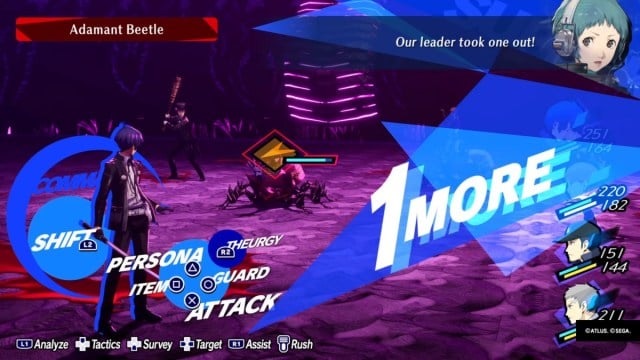
The reusing and recycling of ideas and assets is standard practice in games, but the best ones work a kind of illusory magic, deploying clever tricks to make all of it barely noticeable, or perhaps even welcome in some way. In Persona 3 Reload, the third rehash of cult PS2 hit Persona 3, the repetition is blatant and excessive to the point that it sometimes even feels spiteful.
Tartarus, the game’s main “dungeon” (arguably its only one), is repetitive and samey enough as-is. But at one point, having battled your way through several floors and almost reached the next save point, you’re forced into a scripted event that mysteriously teleports you back to the ground floor without saving your progress. So you have to do those several floors all over again.
Technically, the floors won’t be exactly the same because most of Tartarus is randomly generated. But the templates that the random generation is working from are so limited and unimaginative that this is definitely one of those instances where procedural generation makes a game more predictable and samey, rather than less so.
The same, yet… the same
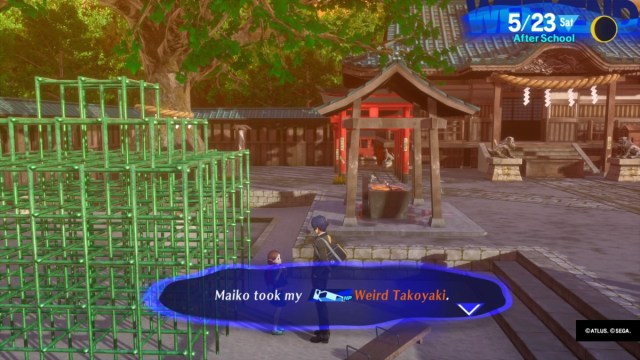
But look, I’m not opposed to repetition and samey-ness in themselves. Slay The Spire and Darkest Dungeon rank among my favorite games of the last decade, and both, on the face of it at least, have a lot in common with Persona 3 Reload. But the similarities are superficial. Every expedition in those two favorites feels unique and different thanks to carefully balanced game design that forces you to make meaningful choices and think on your feet despite having kinda done the same thing dozens of times already.
Persona 3 Reload, on the other hand, makes a show of being deep and complex but can’t actually back it up. Yes, there are 130 Personas—the Pokemon-like alter-egos that make up the bulk of your protagonist’s loadout—to find and/or breed, and each can be customized with a unique set of skills and enhanced via a wide selection of mechanics. But this is all breadth, not depth. The problem is that, when it comes to gameplay rather than aesthetics, each Persona is only superficially different from all the others, and the supplementary mechanics are barely mechanics at all.
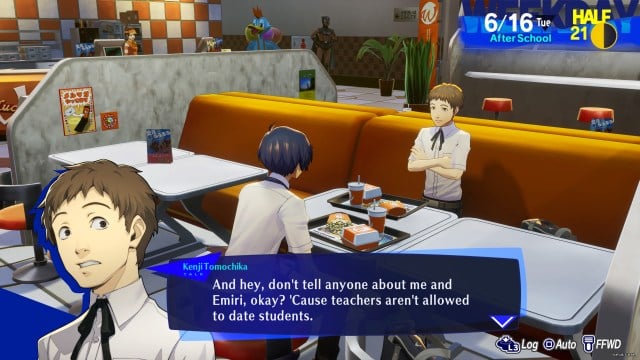
Every single battle is a simple matter of figuring out the enemies’ weaknesses and then spamming the corresponding skills. So all you ever need to do is ensure your party is equipped with at least one skill of each affinity, which is very easily done thanks to the Personas system being way too flexible to require careful decision-making.
And to qualify what I said about the supplementary mechanics barely being mechanics, at best, you’ll be asked to go on some kind of multi-part treasure hunt like something from an early-80s point-and-click adventure. But more often than not, the mechanics amount to being asked if you want to do something, saying yes, then not actually getting to do it.
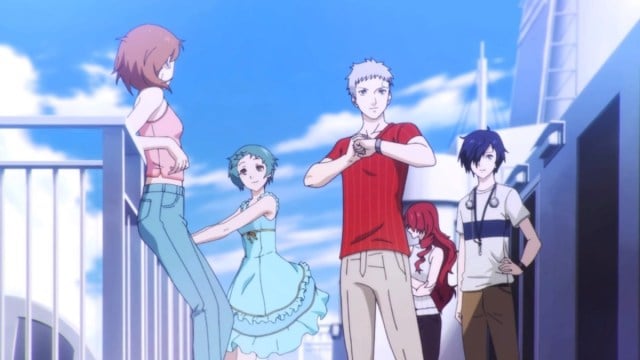
Instead, you’ll watch while your character does whatever you said yes to while you press X/A repeatedly (or FFWD once), but sometimes you don’t even get that. Sometimes, the screen fades to black, and you get a plain text box that basically says, “I spent the day doing the thing, but we didn’t have the budget for any more art assets, so you’ll just have to imagine it.” Honestly, Persona 3 Reload really is that shameless.
It comes down to Persona-l taste
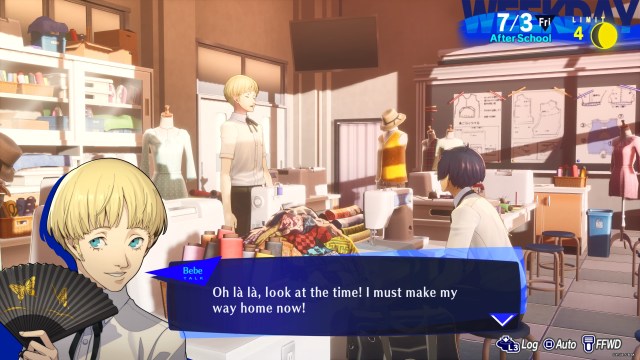
So, while you can fast-forward through some of the tedium, Persona 3 Reload is still one of the grindiest and most repetitive games I’ve ever played, and I’ve played Diablo 4! But it at least does what it does pretty well. It’s a solid, polished remake, but don’t expect it not to still feel like a PS2 game. It has a distinct audiovisual style with some top-quality art direction and animation in places. The characters are all one-dimensional tropes and cliches but done well enough to entertain. And the story, while drip-fed at an unforgivably slow pace, does the whole “portal to the netherworld lurking just beneath the surface of everyday life” thing with a good balance of utter conviction and knowing humor.
Ultimately, the best qualities of this game are all aesthetic and, therefore, very subjective. If you’re already a Persona fan, there’ll probably be enough sheer Persona-ness for you to forgive all the shameless grinding and recycling. For curious newcomers, a lot will depend on whether or not the look and sound of the game push your buttons. If it doesn’t, steer clear, as I definitely wouldn’t recommend it as a gameplay experience. And if it does, you might enjoy it, but the more refined Persona 5 would still be a better entry point to the series.
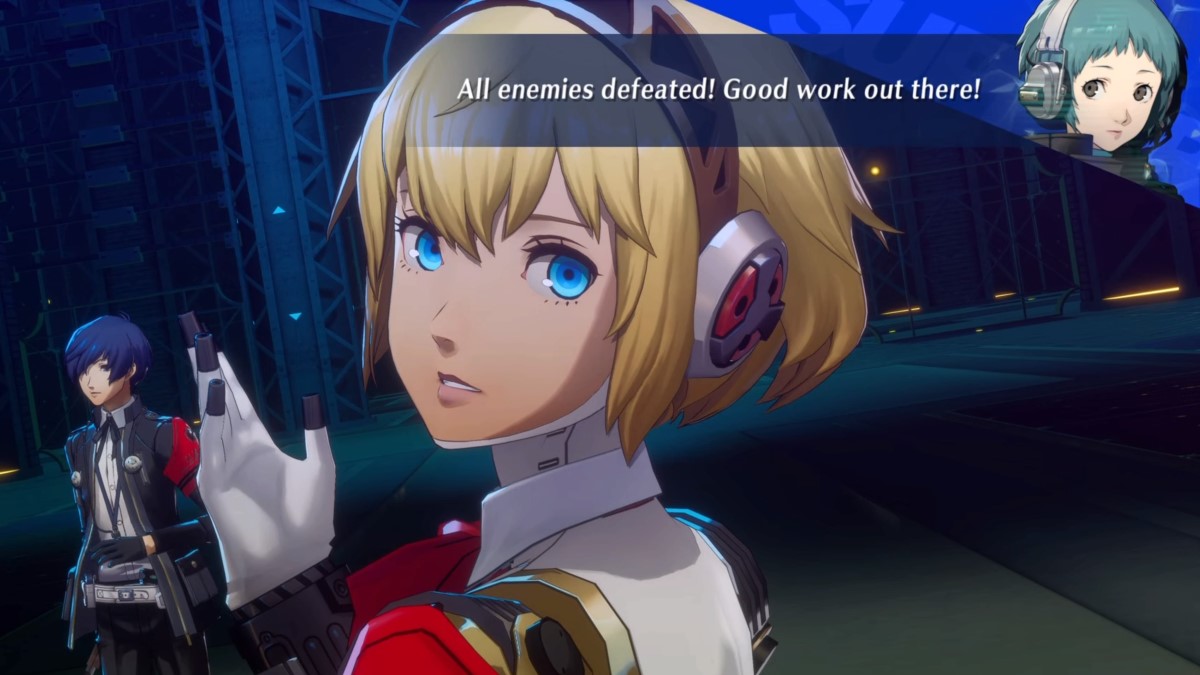
- Stylish presentation
- Polished production
- Incredibly grindy
- Painfully slow-paced
- Spreads itself very thin
- Much shallower than it appears


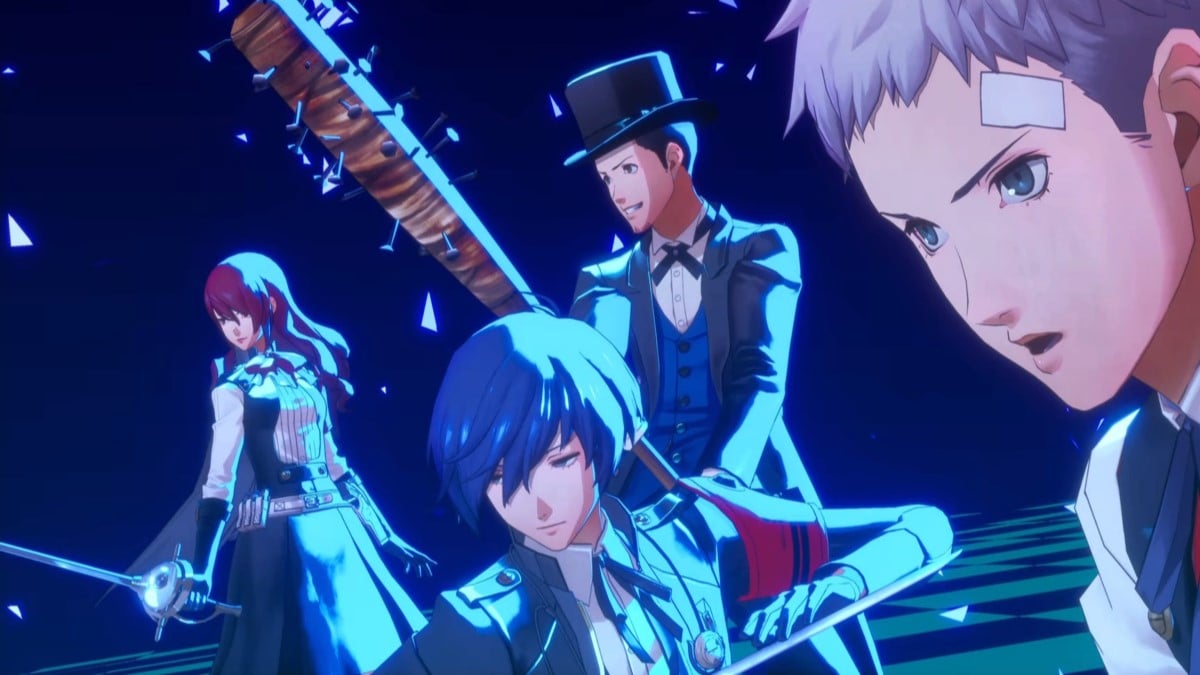






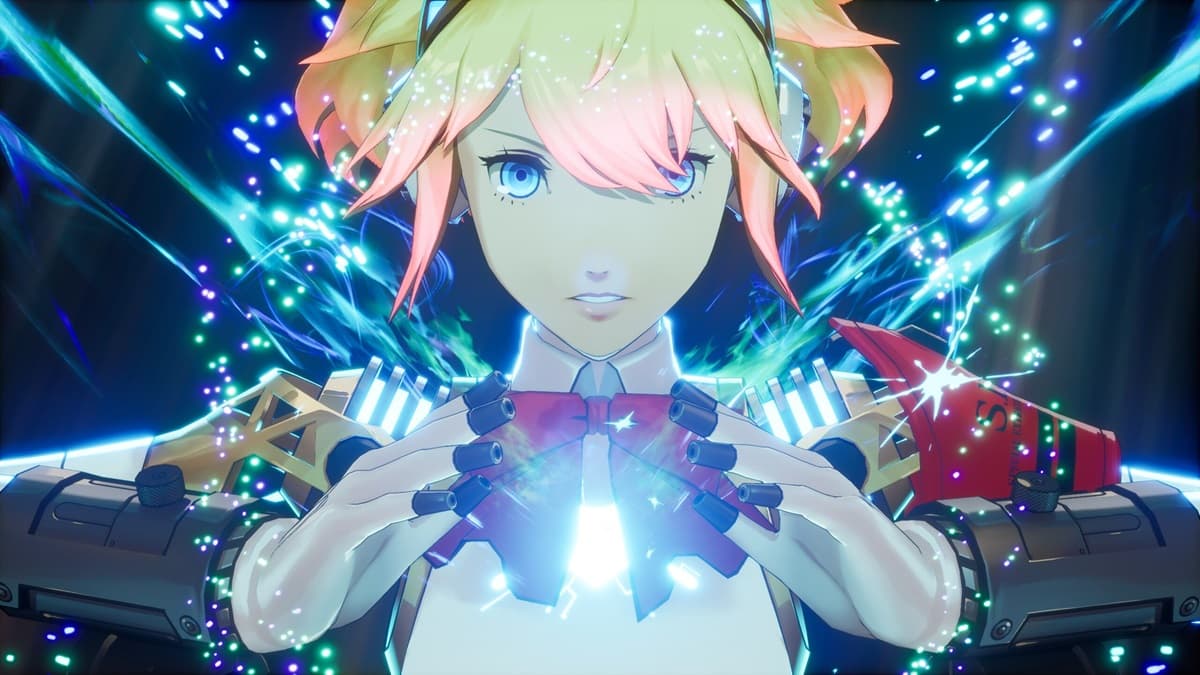


Published: Jan 30, 2024 08:00 am